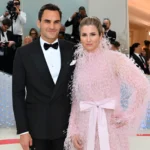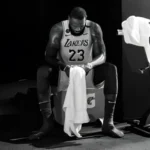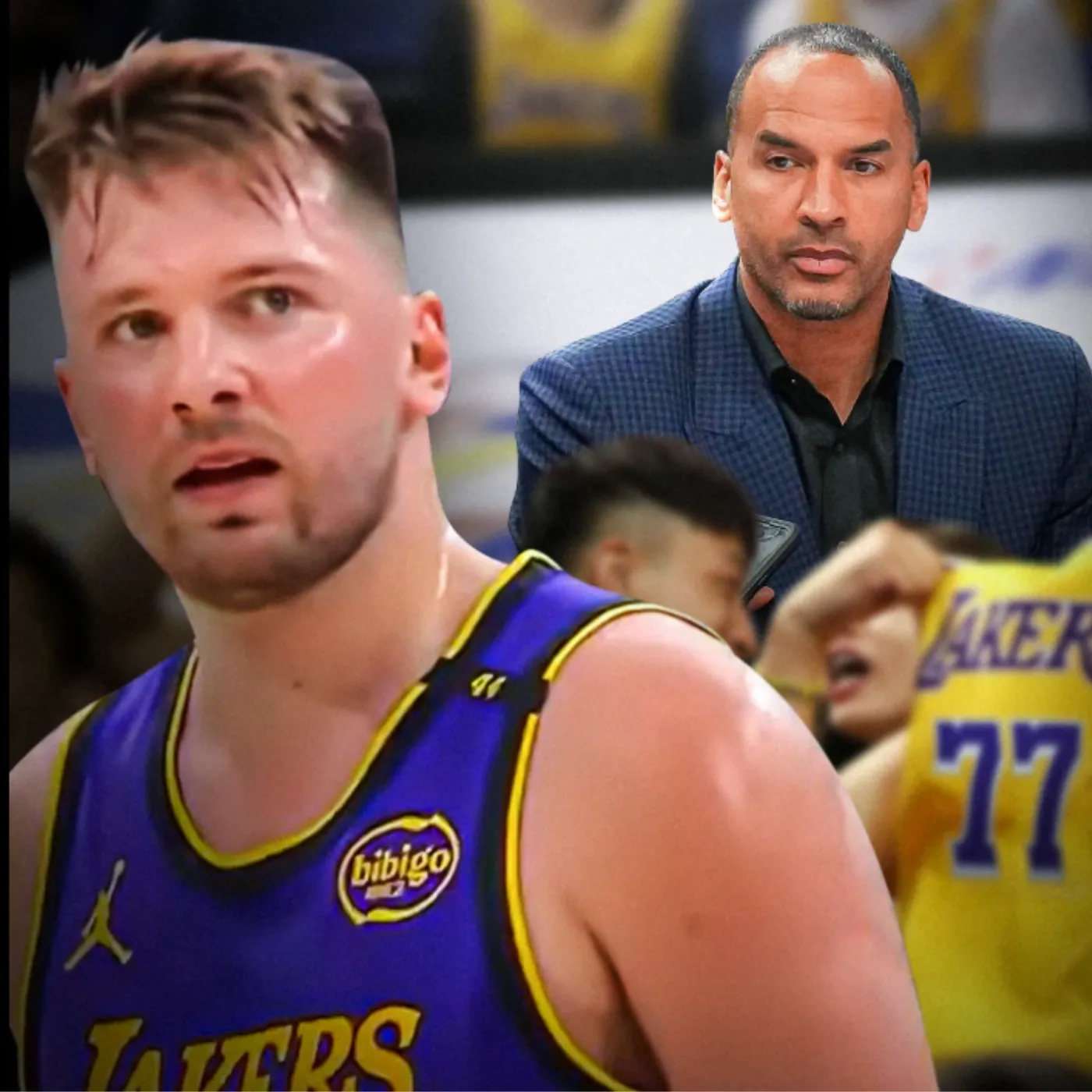

LeBron & Brady Join Forces with Mysterious ‘Flying Boats’ — Are EVs Ready to Conquer the Ocean, or Is This Just a PR Stunt?
As the world accelerates towards sustainable and clean technology, the maritime industry is riding the wave of innovation with a revolutionary new sport and technology: electric powerboat racing. The UIM E1 World Championship, dubbed the “Formula One of the Sea,” is leading this movement by showcasing cutting-edge electric boats called RaceBirds. Adding star power to this green revolution are legendary athletes LeBron James and Tom Brady, who play a key role as team owners and promoters of this exciting new sport.
RaceBird – The “Flying Boats” of Tomorrow
The RaceBird is no ordinary boat. It’s a single-seater electric powerboat powered by a 6,000-volt engine capable of reaching speeds up to 50 knots (about 58 mph or 93 km/h). What truly sets these boats apart is their design: equipped with three hydrofoils—wing-like structures under the hull—they lift the boat above the water’s surface during high-speed racing. This reduces drag and wave impact, allowing for faster, smoother, and more environmentally friendly racing.
With their sleek, UFO-like appearance as they skim over water, RaceBirds represent a technological breakthrough that could redefine how electric vehicles operate on the ocean.

The Birth of a New Sport With Sustainability at Its Core
The concept of the E1 electric powerboat racing series was born in the early days of the COVID-19 pandemic. Rodi Basso, a former NASA engineer and Formula 1 expert, and Alejandro Agag, the visionary founder of electric motorsport championships Formula E and Extreme E, conceived the idea during a walk along London’s River Thames.
Basso explains:
“Water mobility currently contributes heavily to pollution. ‘Sustainability’ has shifted from a buzzword to an urgent necessity, and electric boats are part of the solution.”
The boats, designed by Sophi Horne of Seabird, take inspiration from birds gliding on water. Measuring 24 feet (7.3 meters) in length, these boats lift their hulls more than a meter above the water at speeds of around 31 km/h, reducing friction and protecting coastlines from erosion caused by traditional boats’ wakes.
Star Power Behind the Scenes
The E1 championship’s growing popularity owes much to the involvement of sports legends who own teams and actively promote the series. Among the notable names are basketball superstar LeBron James and football icon Tom Brady.
Sam Coleman, a RaceBird pilot for Team Brady and 2024 E1 World Champion, shares:
“It’s surreal having Tom Brady as our team owner. He follows every race closely and is truly invested. Alongside Rafael Nadal, Will Smith, and others, their passion elevates the sport and brings fresh eyes to this exciting journey.”
This celebrity backing not only brings mainstream attention to the series but also helps champion clean energy technology through sport.
Engineering Challenges and Thrills of RaceBird Racing
Racing a RaceBird demands precision and nerves of steel. Pilots must expertly manage the hydrofoils to prevent cavitation—a dangerous phenomenon where air bubbles form beneath the foils, reducing lift and risking sudden loss of control.
At high speeds near 50 knots, the boats become unstable, forcing pilots to finely tune their balance. They must also strategically use a 20-second boost that temporarily increases battery power from 95 to 140 kilowatts, providing critical bursts of speed during races.
Cockpit conditions add another layer of difficulty. Temperatures can soar up to 75°C (167°F), making endurance and concentration paramount for the pilots.
Supporting the racers is a team of shore-based engineers who analyze real-time data and provide tactical advice via radio communication, ensuring every split-second decision is optimized for performance.
Quiet Power and Environmental Impact
One of the RaceBird’s standout features is its near-silent operation. According to Carlos Duarte, E1’s chief scientist and a renowned marine biologist awarded the 2025 Japan Prize for marine ecology research, these electric boats are approximately 50 times quieter than traditional combustion-engine boats.
Reducing noise pollution in marine environments has significant ecological benefits. During the COVID-19 lockdowns, a mere 20% drop in ship noise was enough to see marine animals return to areas they hadn’t inhabited for decades.
Duarte is working closely with E1 to implement voluntary schemes aimed at making marine transportation quieter and less disruptive. His efforts also extend to aquatic restoration and conservation projects in cities hosting E1 races.
He states:
“Through E1 and the platform of influential celebrities, we have an unprecedented opportunity to communicate vital messages about ocean conservation and sustainability to a wider public.”
The 2025 Season and the Future of Electric Marine Mobility
The 2025 E1 season spans from January to November, with races across seven global locations including Jeddah (Saudi Arabia), Doha (Qatar), Dubrovnik (Croatia), Lago Maggiore (Italy), Monaco, Lagos (Nigeria), and Miami (USA).

The competition pushes teams to not only race for victory but also to demonstrate the viability and advantages of electric propulsion on the seas, marking a significant step toward eco-friendly maritime transport.
Conclusion: A New Era of Speed Meets Sustainability
The advent of “flying boats” like RaceBird signals a transformative era for marine transportation and sport. Combining breathtaking speed with cutting-edge electric technology, E1 represents the future where innovation and environmental responsibility coexist.
The involvement of LeBron James, Tom Brady, and other global icons ensures that this movement transcends niche tech circles and reaches mainstream audiences. Their passion and influence are crucial in driving awareness and adoption of sustainable marine technologies.
With thrilling races, sophisticated engineering, and a firm commitment to protecting our oceans, the E1 World Championship is poised to become a flagship sport of the future—where the quest for speed sails hand in hand with the mission to preserve the planet.


















